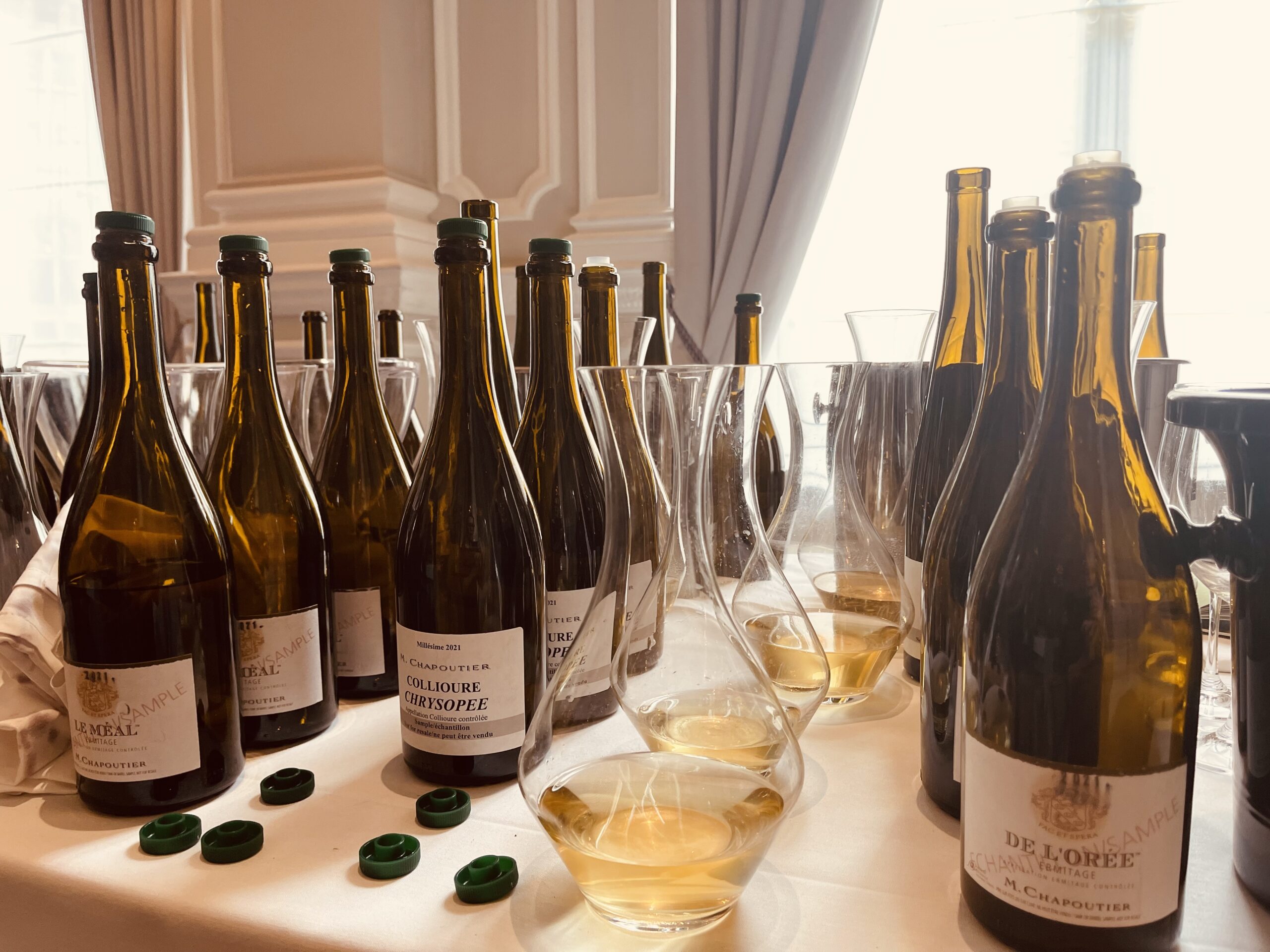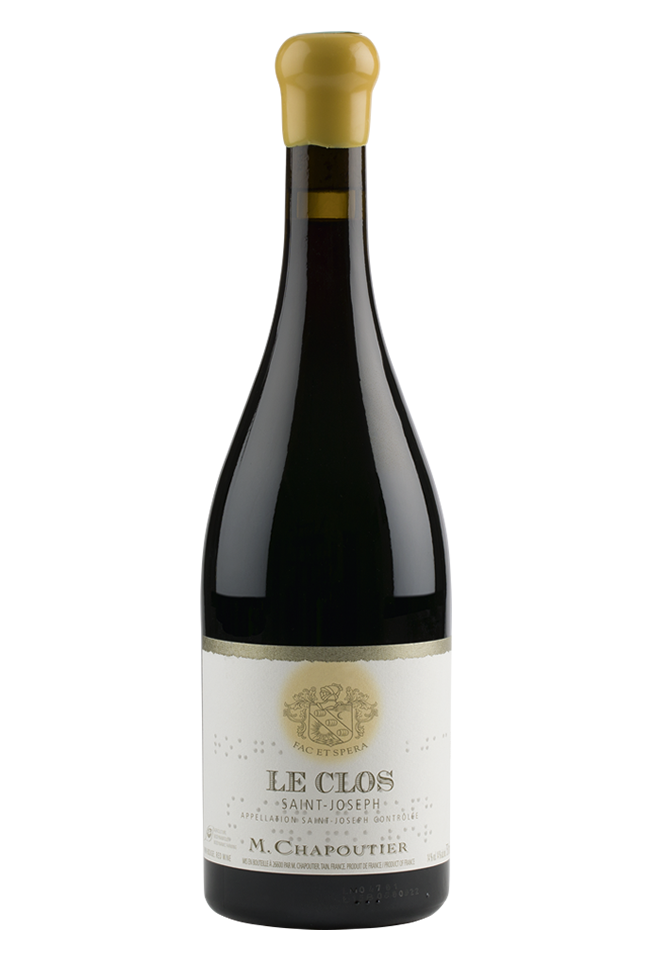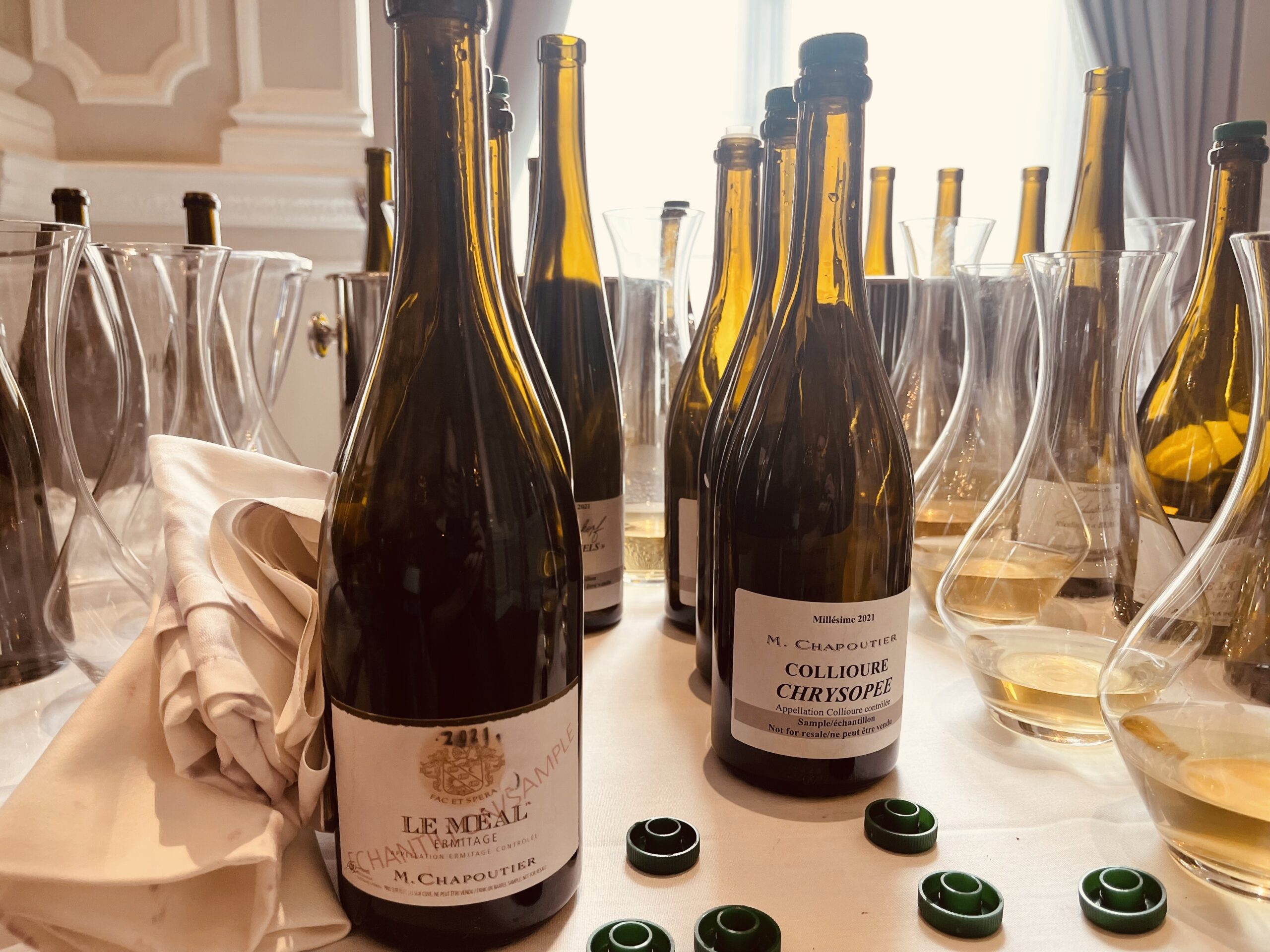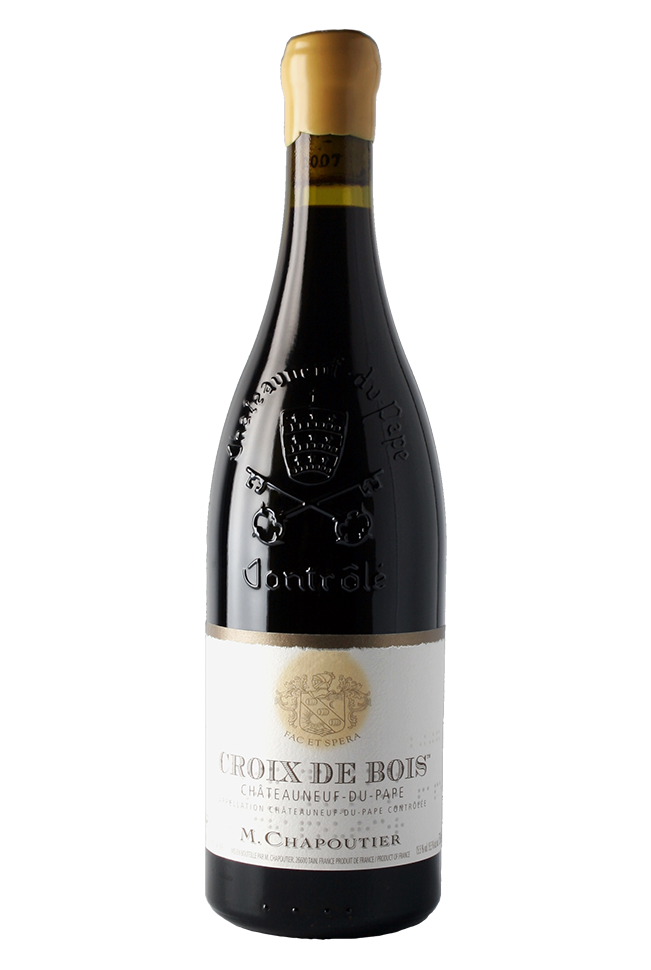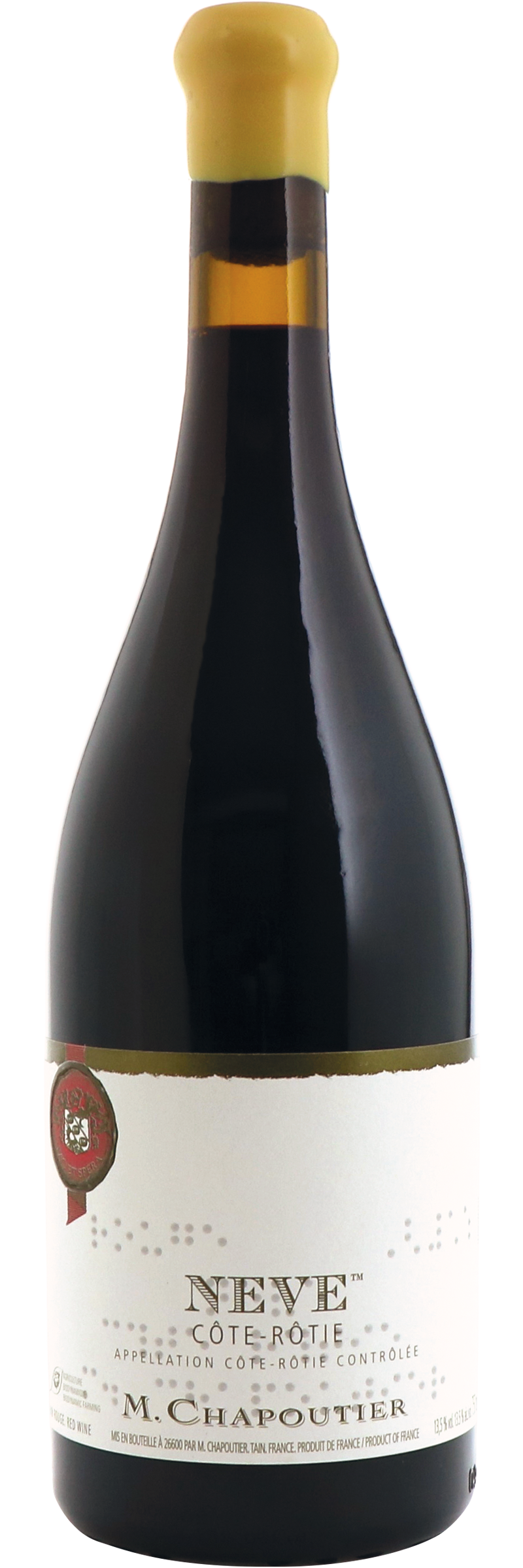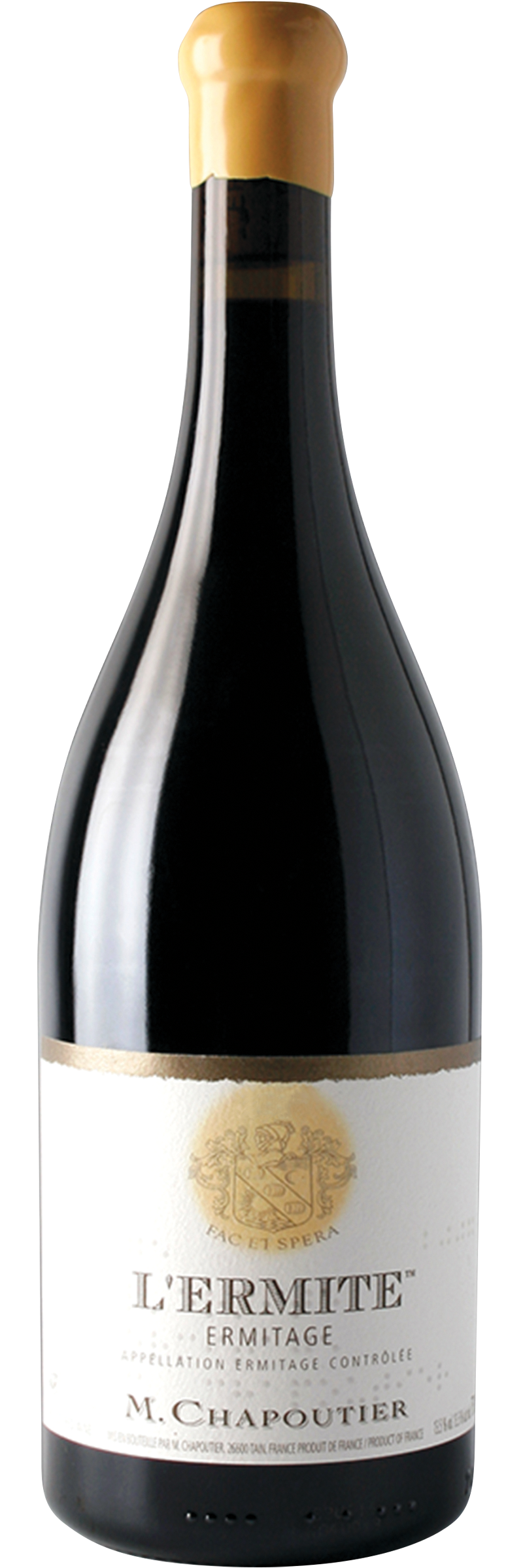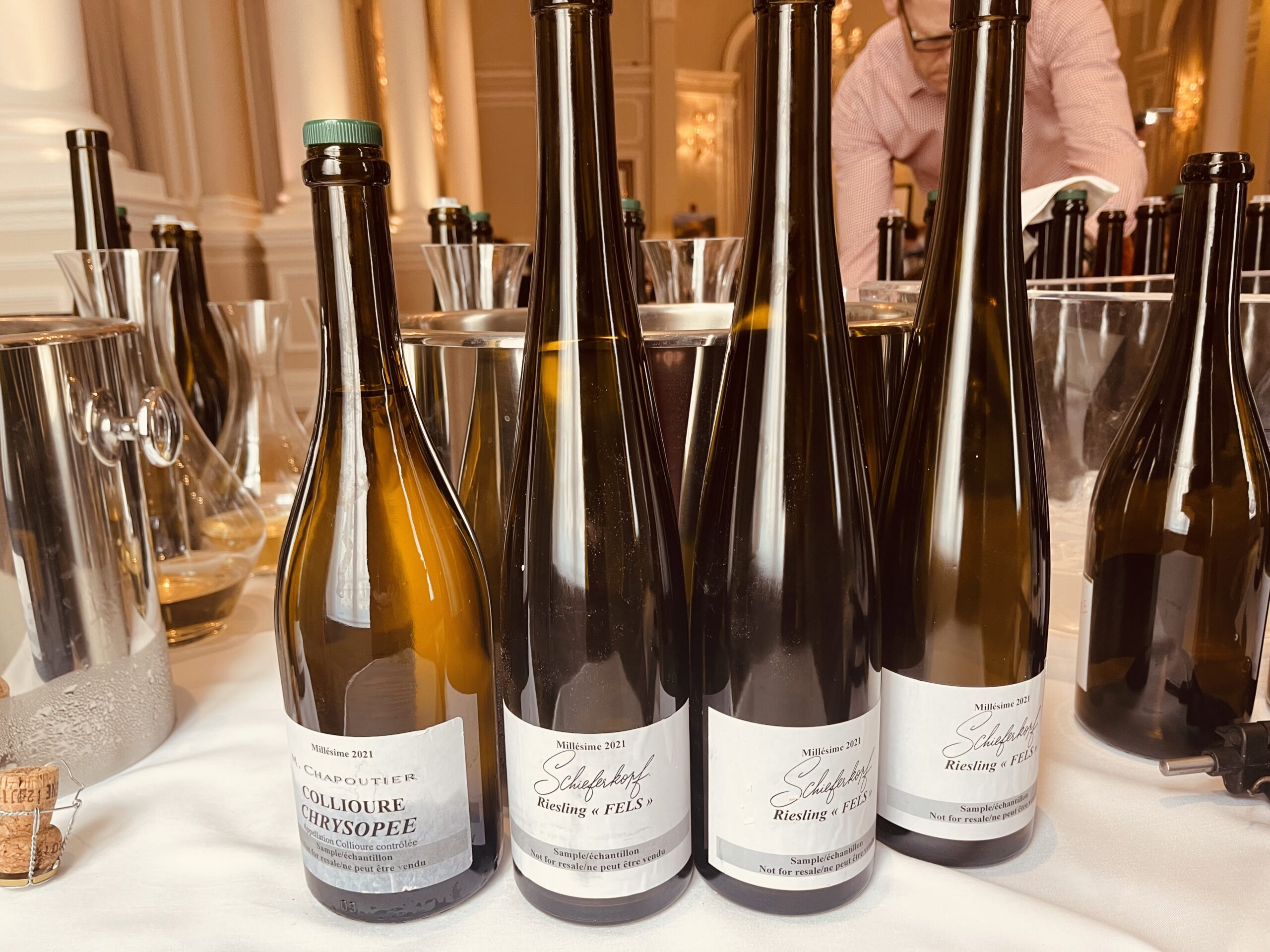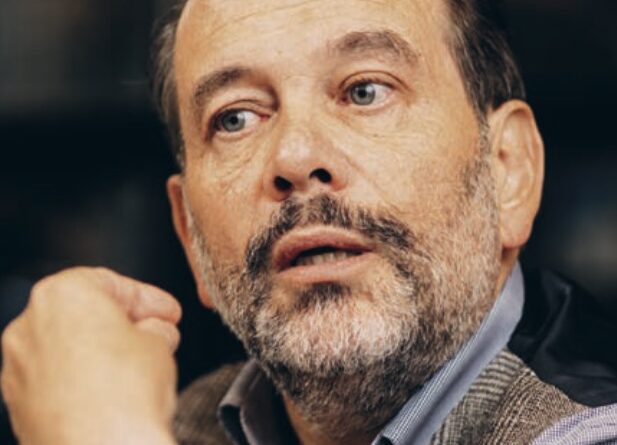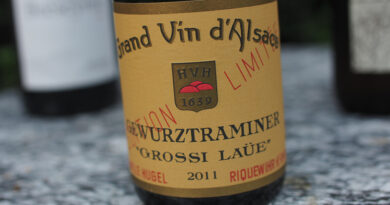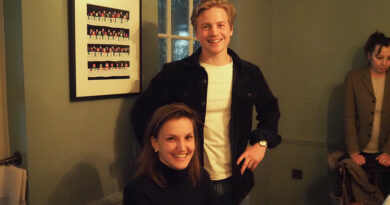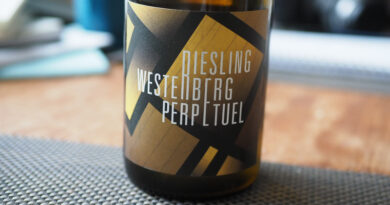Michel Chapoutier, begetter of biological life, advocate of love and latent English vigneron presents his Sélections Parcellaires en primeur 2021 to a salivating crowd
Chapoutier talks of granite, lovemaking, Jefferson, sentient plants, vines on the Scilly Isles and the strength of life over death. Nature is his goddess and his laissez-faire philosophy pairs well with the Champagne he routinely sips. Catena has her beret, Gago his Gene Wilder delivery and Chapoutier his bottle of Taittinger on ice
Lisse Garnett reports..
Michel Chapoutier says you don’t need to be a gynaecologist to understand sex, just as you don’t need to know wine to drink it. But all winemakers must learn to cook, for wine must serve food and on no account should wine take precedent. A bad marriage is a marriage where one partner dominates the other. So it is with wine. Snobbery and domination are out; complimentary characters in.
Chapoutier begins his masterclass standing, Champagne in hand. ‘Shall I sit down?’ he asks – ‘you won’t be able to tell the difference’. Chapoutier is not a tall man, nor is he a man to follow trends. His maverick musings on sentient plants and biodynamic farming might raise the odd brow but this is a man who took over the failing family domaine in his 20s, turned the business around, went biodynamic, championing terroir over technology – even in the high tech 1990s.
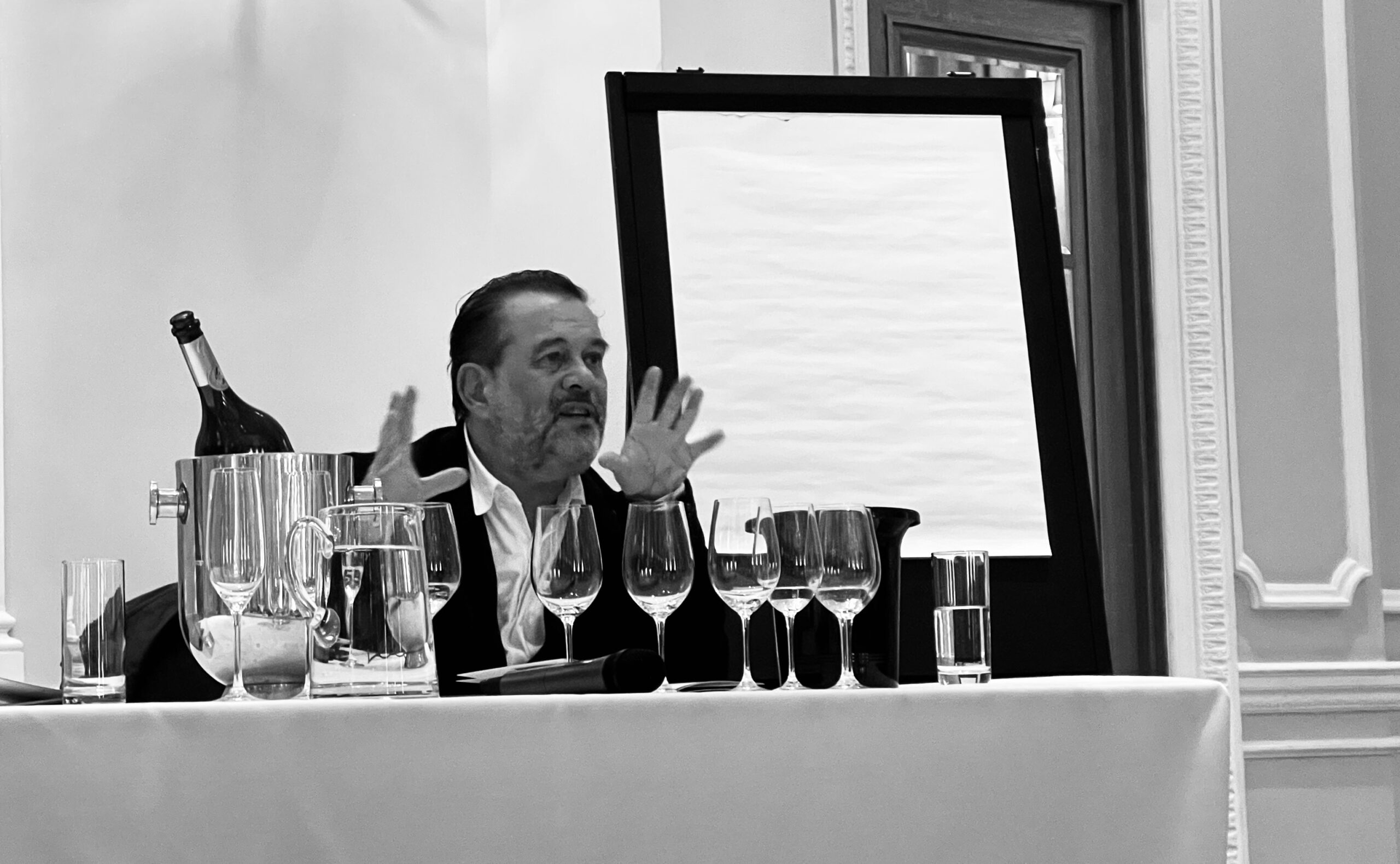
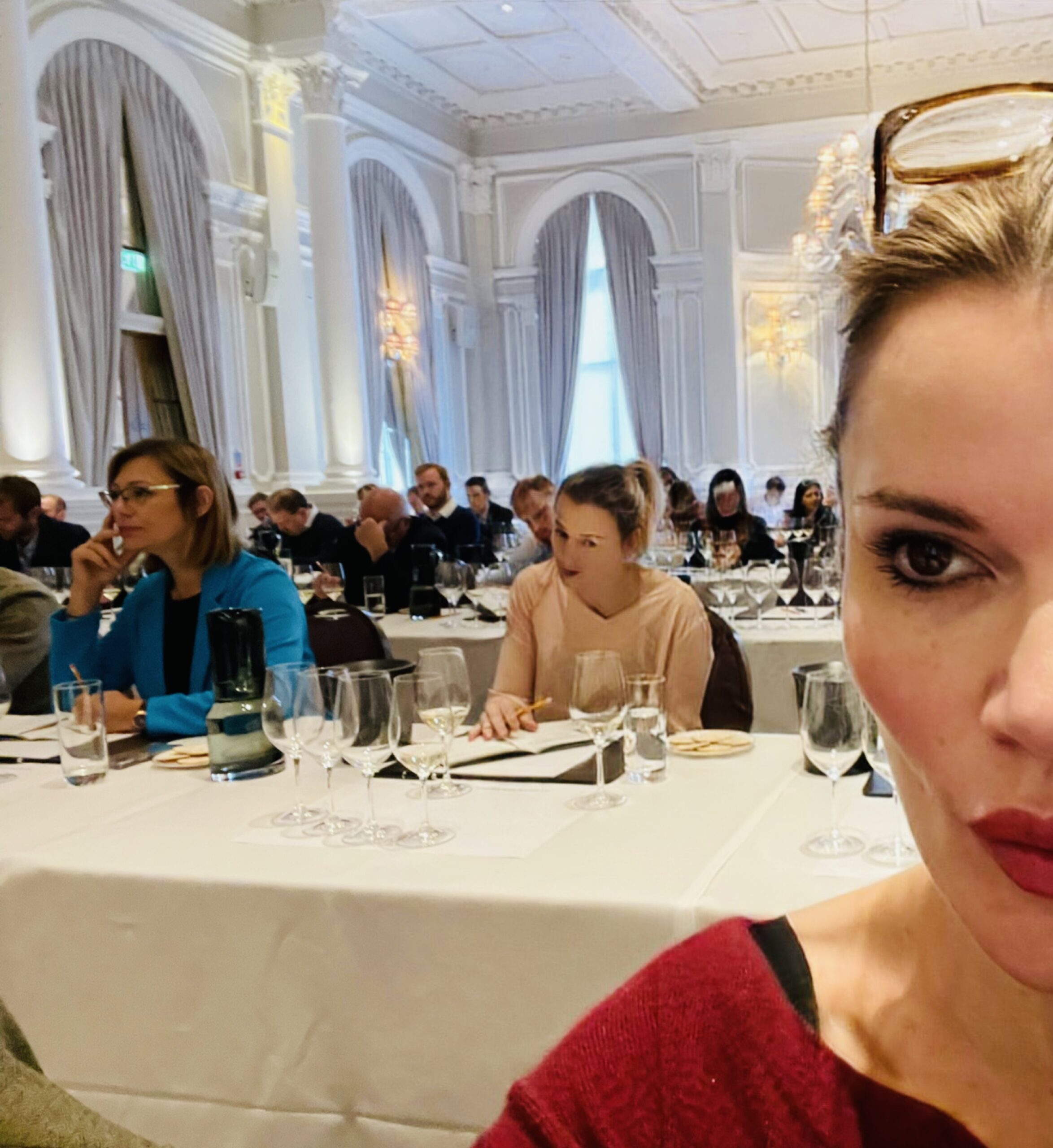
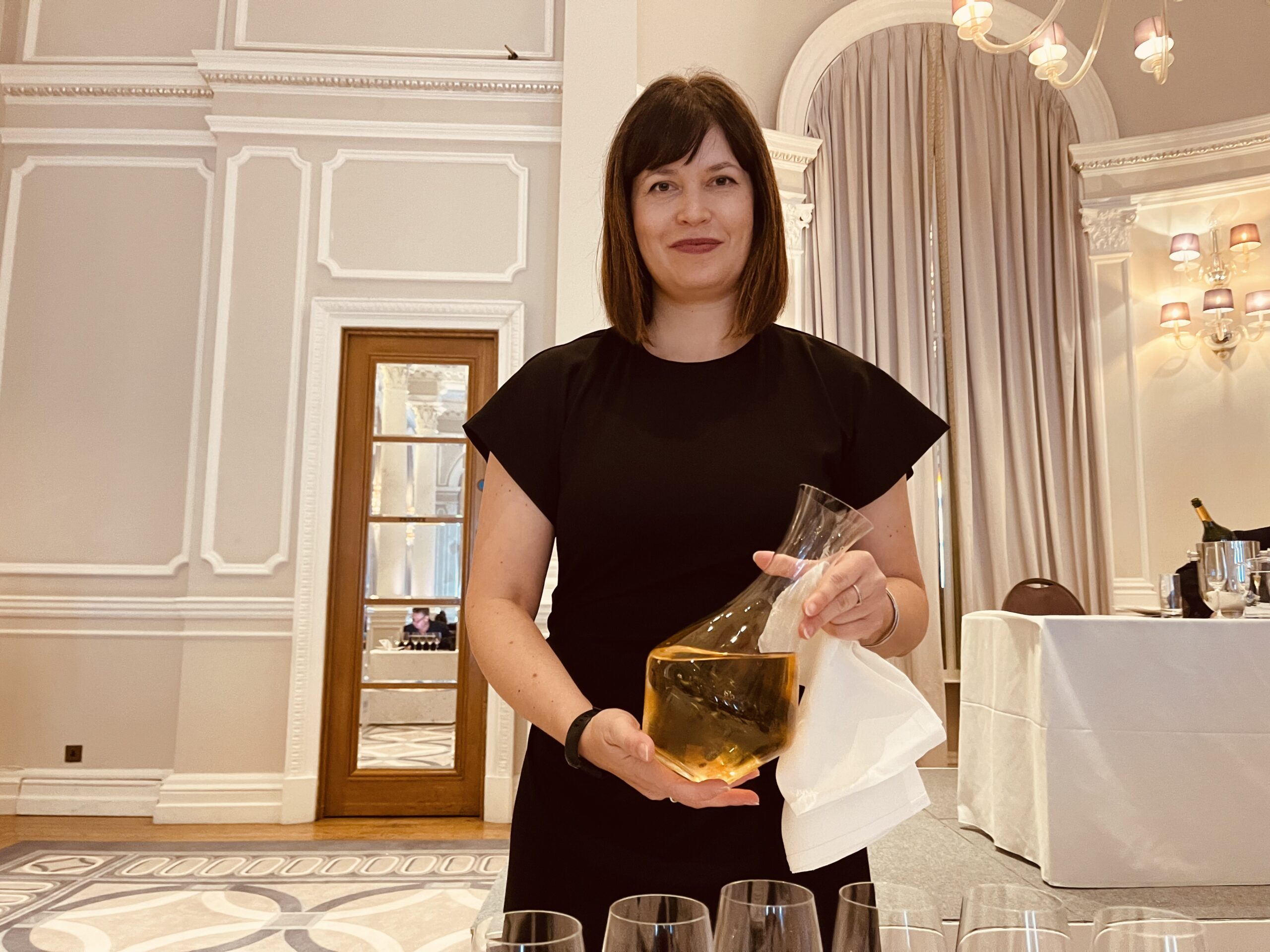
‘2021 was extremely interesting for us because it was much cooler. Warm years produce the signature of the climate more than the signature of the soil. In 2021 we rediscovered a style that we have forgotten and that we used to know in the 1990s.’
‘You see (in 2021) the tannins are not dominated by the richness that comes with a high level of alcohol. The differences between appellations from vineyard to vineyard are also more obvious. 2022 was very warm, these wines are often very jammy and unbalanced.’
‘The saltiness in the wine is the consequence of the microbiology and these wines are biodynamic and slowly fermented with wild yeast. The problem with selected yeast is that you destroy the wild yeast. Each different yeast is like a different musical instrument – if you have a good microbiological life, you will have a good variety of yeast.’
‘Diversity will give expression and complexity to the wine. If you add yeast you have two or three yeasts instead of two hundred, you create power but you sacrifice complexity. Instead of making classical music you make disco. Easier but less complex. We need disco wine – we must not be snobbish.
Wine snobbery will kill the wine in the future because people will say, I like wine but it’s too complicated for me – Take your pleasure!’
‘We make wine to marry with food – in winemaking what obsesses us is that we must have a full mouth and persistence – co-fermentation brings aromatic power but the nose for us is not so important. We feel it is more important to have a bond between the nose, the taste and the aftertaste. A bad marriage occurs when you have a dominate person and a subordinate person, a good marriage occurs with complimentary characters, that is exactly what we should do in the marriage of wine and food.’
Michel explains that the winemaker, traditionally thought of as of higher status than the Chef, has therefore dominated pairings. He cites Sauternes and foie gras as a criminal pairing because you sacrifice the fois gras to make the Sauterne better. Winemakers, he says, should be obliged to learn to cook whilst they train in oenology. Too many winemakers are not gourmands.
‘We are here to serve the food, that is the job of the winemaker. That’s why I work with chefs in France and I study fermentation. The signature of the salt and the bitterness are some of the most interesting in wine and if you eat three Michelin starred food you will see that they are indistinguishable’
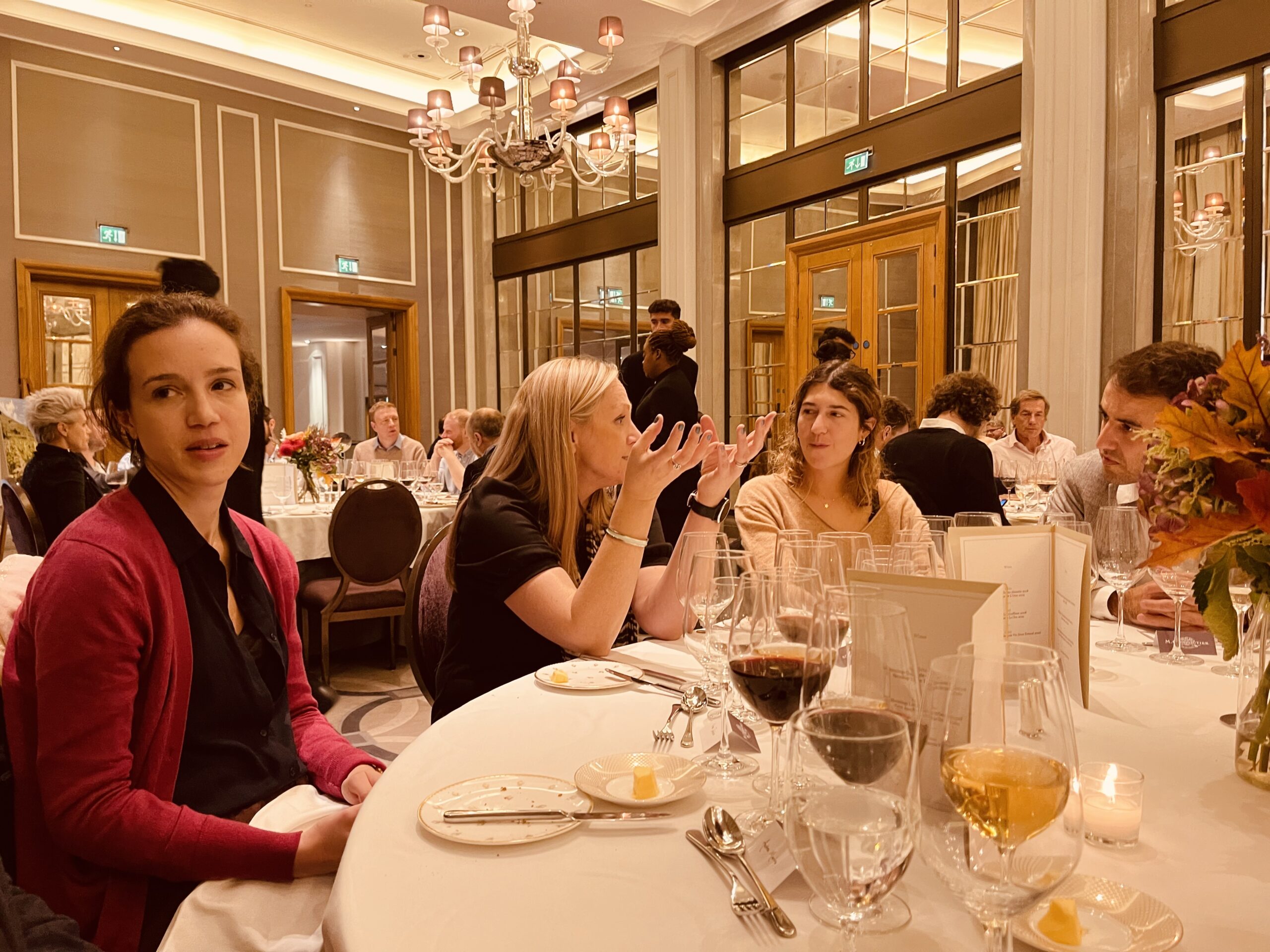
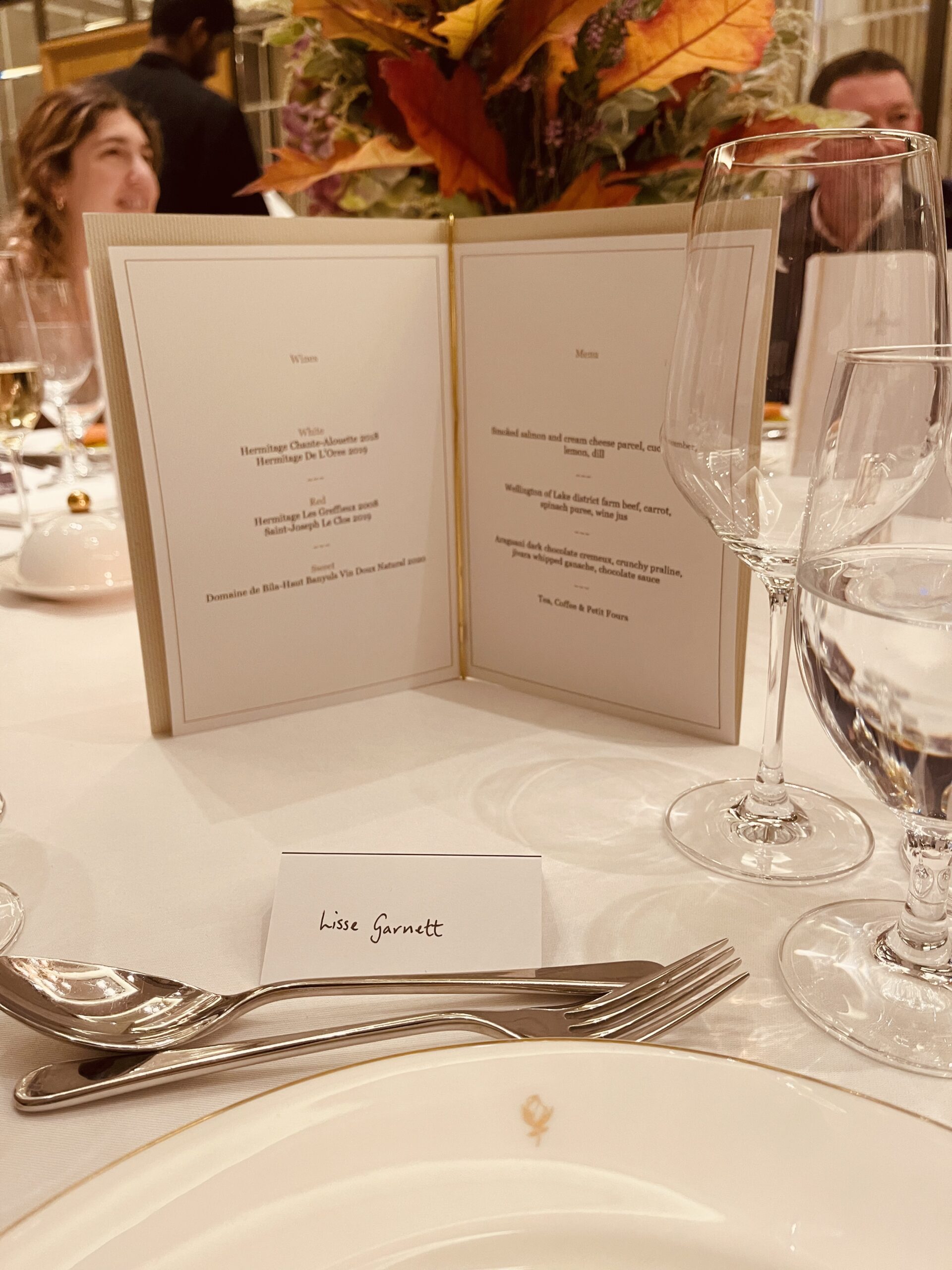
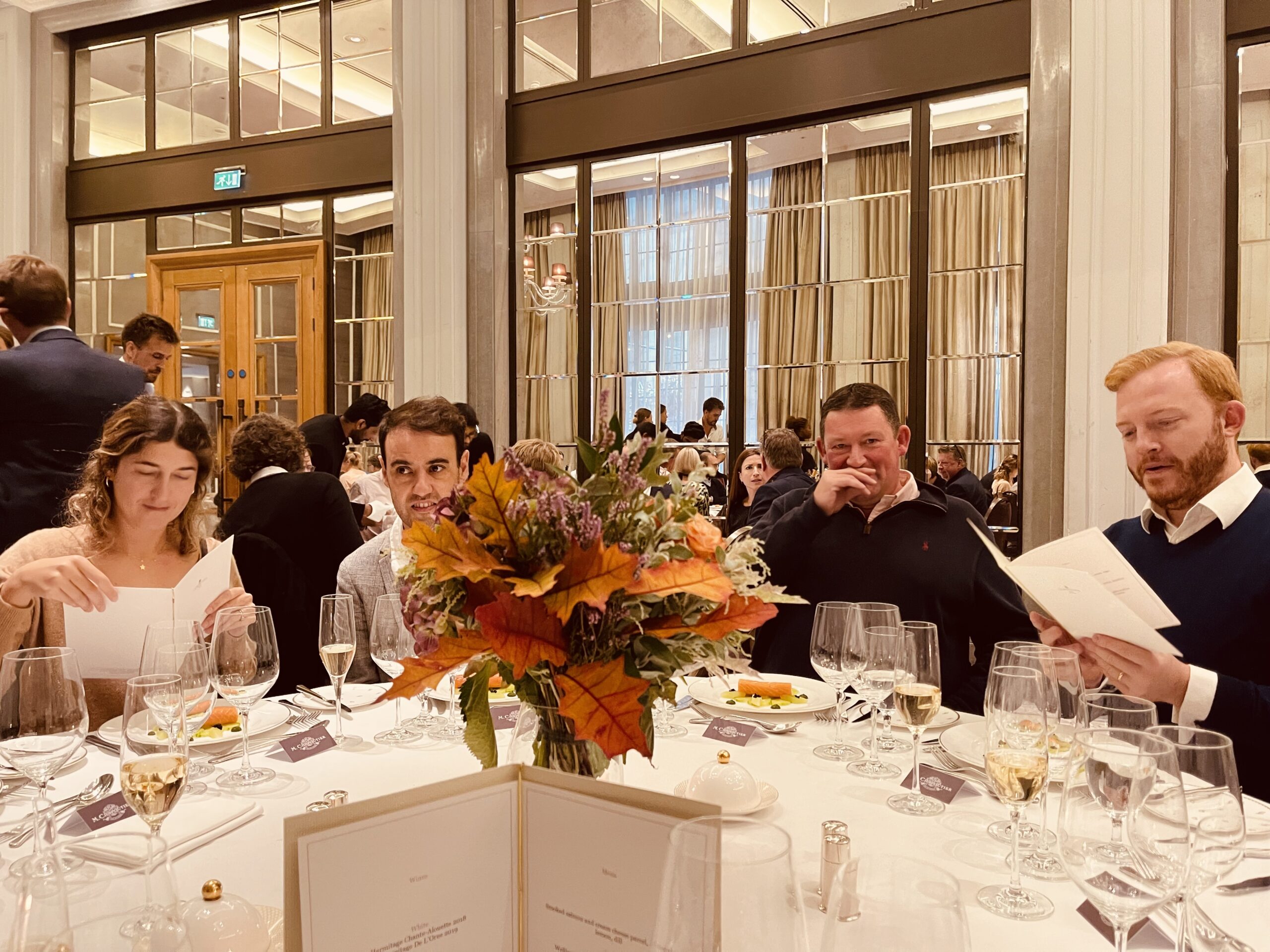
ALSACE
‘We have a very small vineyard in Alsace – it came about with 4 friends who didn’t want to invest in Alsace, we had a long dinner and they finally said yes to buying it at 2am in the morning. I always follow my words so we bought this vineyard – it is very interesting because it is high altitude, one of the highest, south facing on blue schist from the Precambrian period. We make three Rieslings, bottled two months ago, for me the Riesling should be weighted and textural.’
Schieferkopf Lieu-dit Buehl Riesling, AOC Alsace 2021
Single 1.2 ha south-facing vineyard planted on the same blue schist strip as Berg.
Shows gorgeous honeyed notes of sweet jasmine, candied lemon, sweet white blossom, white peach, white pepper, grapefruit, orange, nectarine and passion fruit. The wine is smooth and weighty – dense as satin with a salted honeyed finish 97
Schieferkopf Lieu-dit Berg Riesling, AOC Alsace 2021
From a single vineyard planted on Precambrian blue schist. Later harvest, still quite closed and dense – but there is much promise, a gorgeous minerality and delicate hints of white peach, yellow apple and ginger as well as a superb saline vein, a salted elegance dances throughout this taught nectar – texturally the wine is weighted and superbly silky – richly rounded – buttered toast and caramelised demerara enrich the finish 97
Schieferkopf Lieu-dit Fels Riesling, AOC Alsace 2021
Mouth filling, almost creamy yet austere – jasmine and sweet white blossom scented with a fresh zippy backbone and fragrant citrus, lemon sherbet pips, lemon thyme and spearmint. Extremely persistent and long with a subtly salted mineral finish. Extraordinary 98
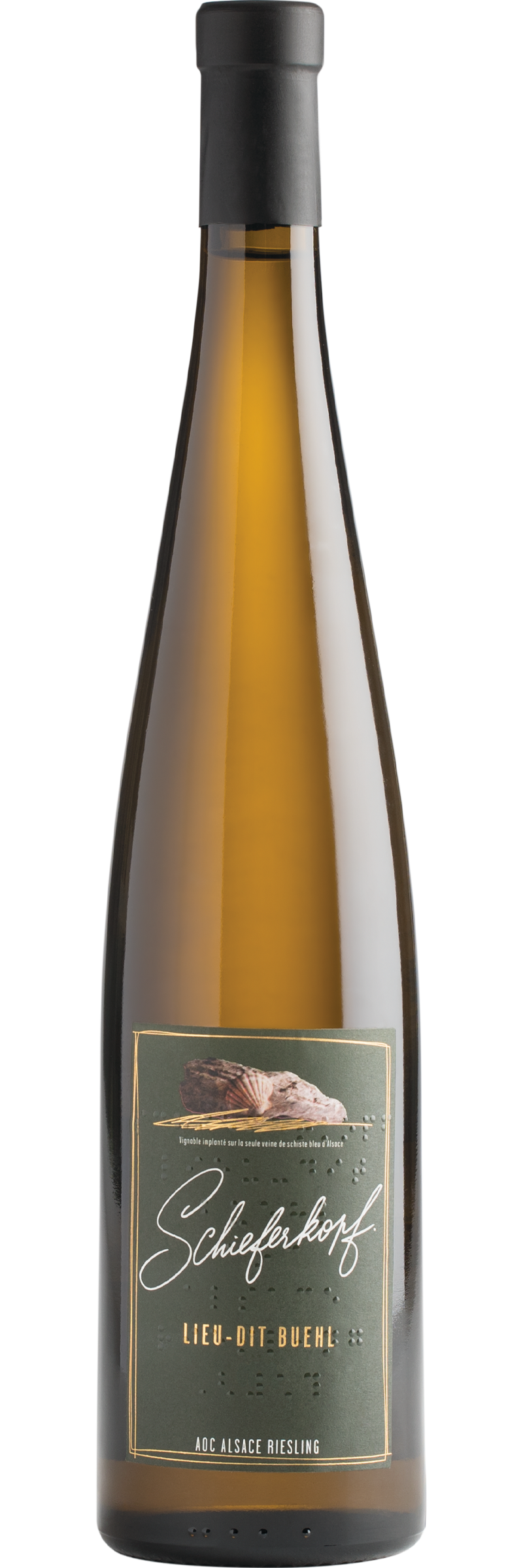
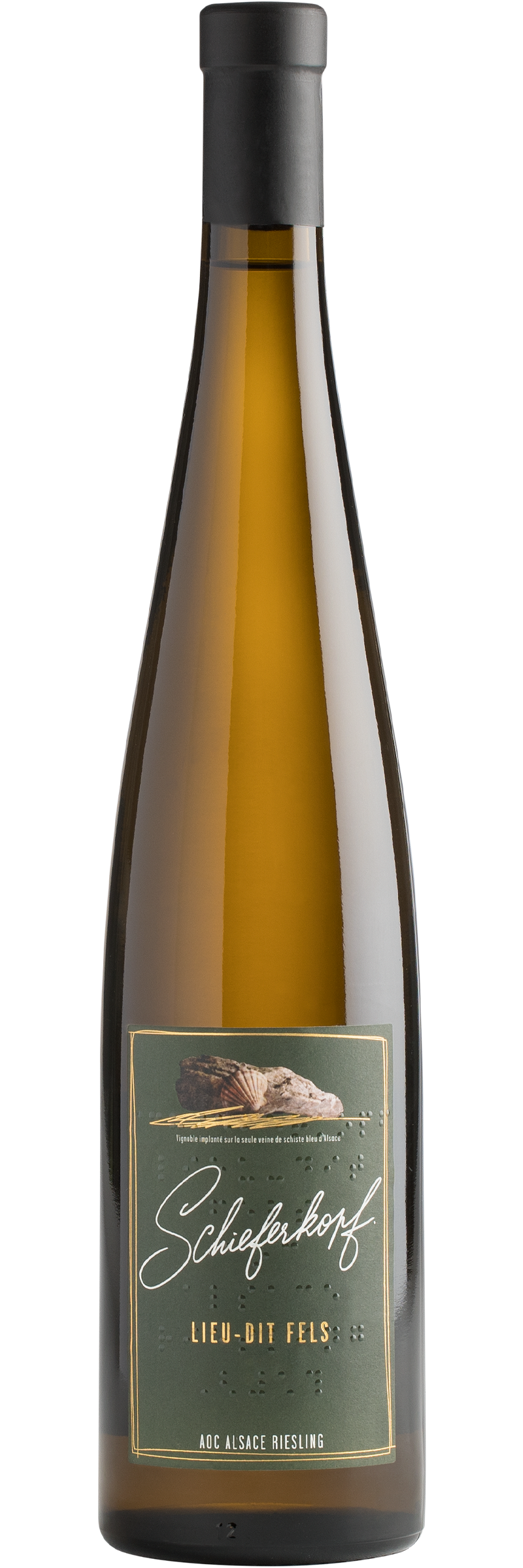
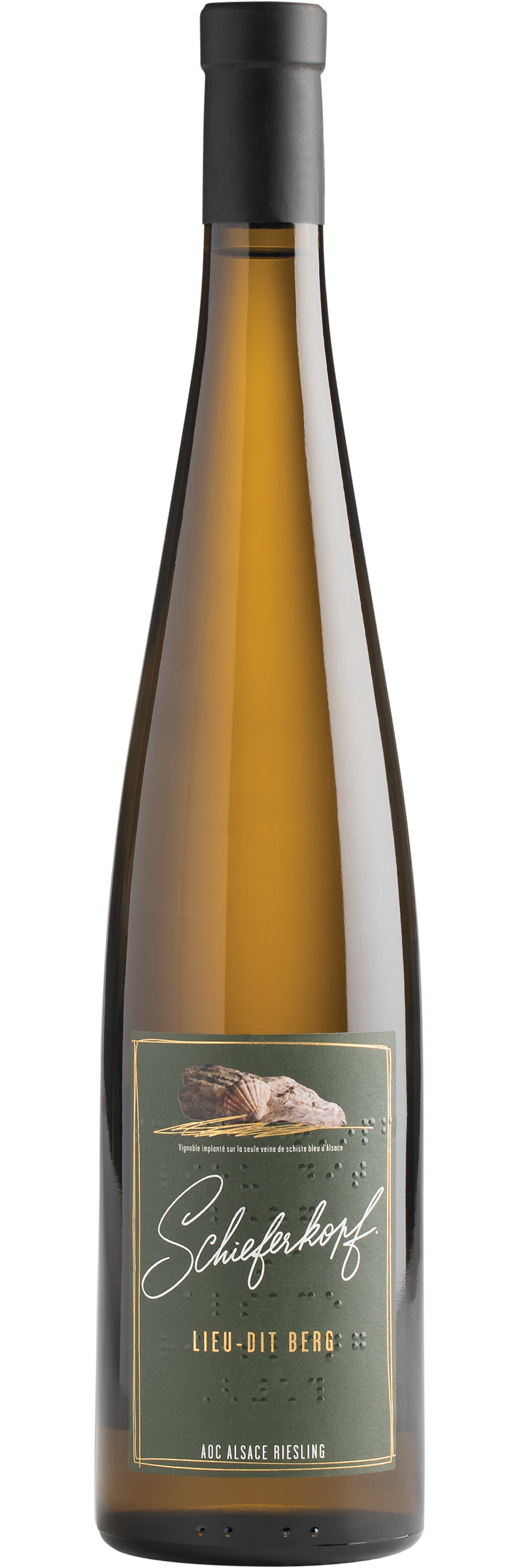
ROUSSILLON
Banyuls and Collioure have some of the best potential terroirs in France says Michel.
‘I like to say that the Roussillon in Languedoc is the equivalent of the Northern Rhone Valley. The diversity and patchwork of the soil – the best soils are very often patchworks, where two soils meet and change – where you have geological acts – we are on Cambrian schist in Roussillon, it is very rare in France, there are only three areas and Banyuls is one of them.’
‘The vineyard will probably disappear in a few years, we try to keep this history alive even though we will never make a cent on this wine.’
‘Here you have Grenache Gris – I have never understood why we are so focussed on Grenache. You have the impression that it quite a tannic wine. I am known to keep a higher level of carbonic gas. Because the carbonic gas is an antioxidative, it works with the saltiness of the wine – it wakes up the wine and helps with the expression of the saltiness.’
‘When we work our wines we are very soft and do not waste carbonic gas. When I was a young trainee winemaker is Alsace, a big part of my work was using nitrogen to remove carbonic gas. I really believe that carbonic gas is important, no pumping over on white, only soft and slow, we must not waste the carbonic gas, nor the complexity of the aromas of the Grenache Gris’
Domaine de Bila-Haut Chrysopée Blanc, AOP Collioure
90% Grenache Gris and 10% Grenache Blanc blended from vineyards on old terraced schist. Sublimely silky with a subtle salted yoghurt note, deliciously tangy and weighty with white peach, pear, toast and delicately salted nuts 98
The Domaine de Bila-Haut V.I.T was held up at customs so we could not try it.

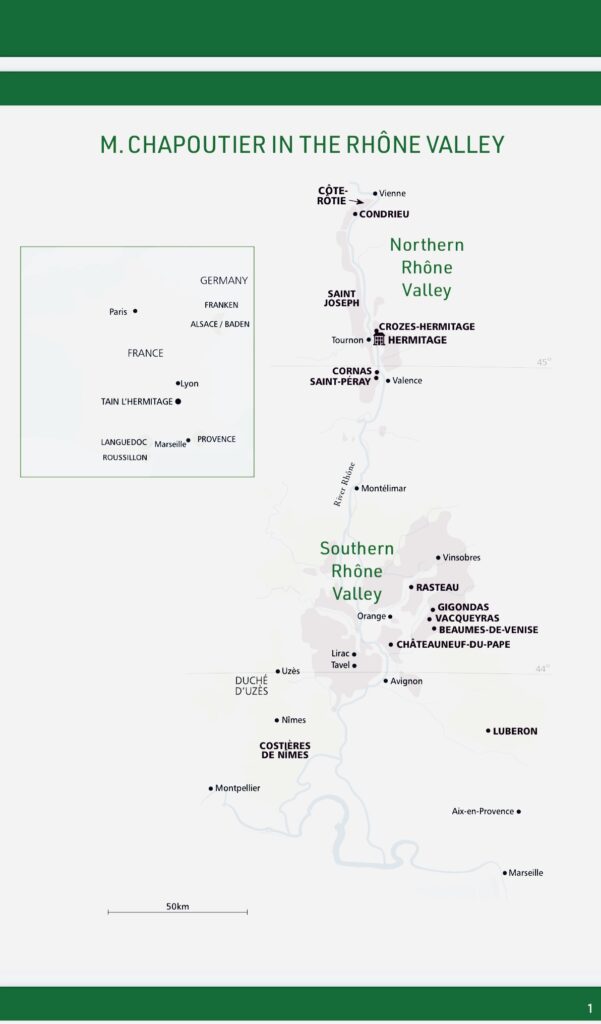
RHÔNE
‘In Hermitage the Rhône goes from west to east. Hermitage is facing south, protected from the cold dry dominant wind. When Thomas Jefferson was the US Ambassador in France during the French revolution he realised it was not safe to stay in Paris so he did a tour of France and became the world’s first wine writer. In an article about Hermitage he said, Hermitage is the best white wine in the world maybe with a few exceptions in Champagne and he ended with the surprising news that they were starting to make some red wine.’
‘Hermitage was about white wine and Marsanne. Roussanne was very prone to oxidation. People liked to have wine with a maturity so they put a percentage of Roussanne in their white to give the impression of age. That is why we today make wines that age – I’ve tasted a white hermitage from 1900 a few months ago – extremely impressive – even after 120 years and fascinating because it didn’t have a high level of acidity. The acidity is not the only weapon for white wine to be able to age.’
‘We don’t want to make aromatic wines; we are looking for length – we don’t want yeasts that are working at 15 degrees celsius. We lose the power, we let the yeasts take their time to create the length. We never use skin contact on the whites, the impression is that the wine is quite tannic in the white but that is real juice.
We don’t run after the wood taste in the reds, wines are naturally fermented in concrete allowing for the polymerisation of the tannins. We use some stems in the fermentation, the maturity of the stems is important because of the higher percentage of alcohol, we also realised that the stems work a little on the taste, you get more bite and more persistence.
We adapt every year, we must let the climate and the soils speak. If you have more alcohol, you have more extraction so when we were at one third or fifty percent of new barrels I said NO – we have to use less. The adaptation of the winemaking is a soft thing but time is also important. Cutting back the leaves is also a mistake in hot years because you sacrifice the water in the leaves, we tie them back rather than cut them, this gives us extra resistance against the drought. We also formed a bowl of soil around the base of the young vines to catch water. Adaptation is more in the vineyards than the winery.’
None of the reds are yet bottled, only the whites.
‘When I was younger you felt the signature of the bitterness behind the Marsanne.’
‘If the yields are too high with terpenic grapes you have the impression that you eat the wine rather than drink it.’
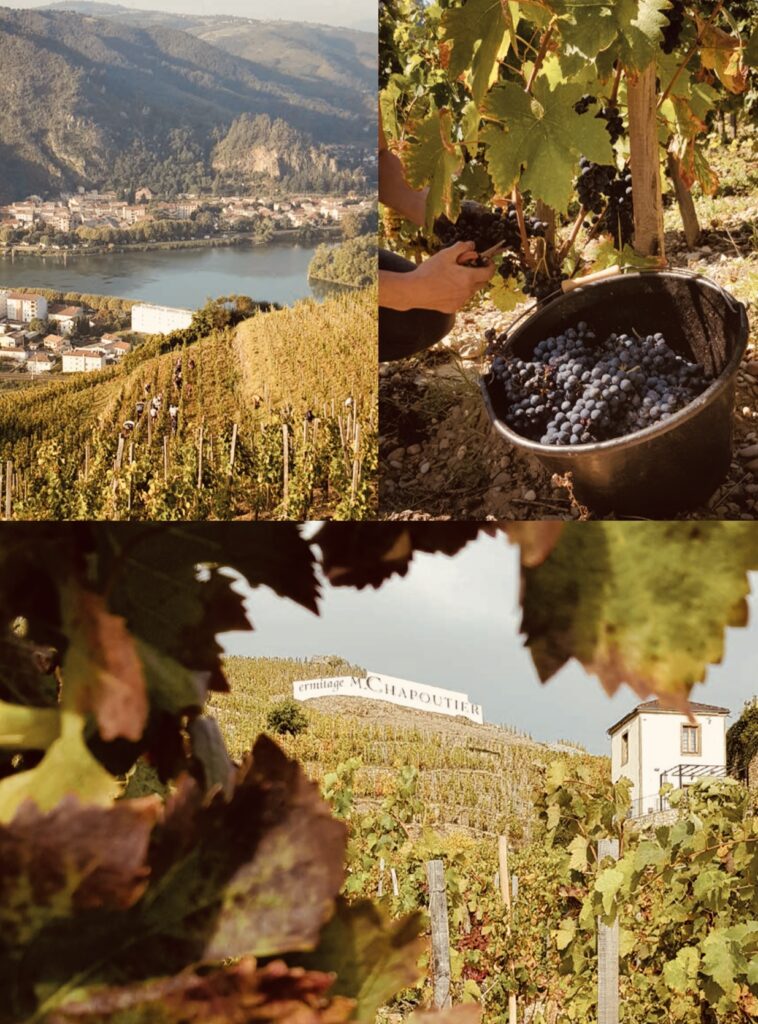
‘There is some alkaline granite in Hermitage, great for black truffles, but we plant vineyards. I bought 5 hectares of Hermitage in 1991. The signature of granite is the smell of the summer rain on the stone, graphite and petrichor. When the rains start in summer you can smell it. Granite is an incredible soil for resisting drought. Roots can travel 20 m down.’
‘I realised that the vines were not on rootstock so I experimented. I read Cleve Baxter, he realised that plants react to the intention of humans. The best results we have had with mildew have come from experimentation with different people in the vineyard. We realised that the plant was accepting and refusing some people.’
‘2021 was a vintage that reminded us of times past, tension and minerality dominate’
‘In the past people used to blend the three big soil types in Hermitage, that was the tradition. We still do this for fun to sell in charity auctions.’
Le Meal Blanc AOP Hermitage
‘Le Meal’ is a 2ha parcel of old low yielding Marsanne on alluvial soil warmed by pudding stones. Weighty cool silk on the palate – luscious and waxy with honey, candied lemon and poached pear and sweet white blossom. Moreishly bitter notes of tomato leaf, endive and subtle tannic texture bring a savoury character and there is a salty minerality too. Powerful 95
De L’Oree AOP Hermitage
3,5ha of old vine Marsanne ‘Les Murets’ on old alluvial soils. A deep and rich palate of buttercups, lemon and orange zest, white blossom, peach and nuts – intensely textural round weighty and superb. Poached pears, bitter endive, walnut skin and salty rosemary give balance – these savoury notes create a cohesion that makes the wine symphonic. Texturally fascinating, rich and dense yet fresh 97
L’Ermite Blanc AOP Hermitage
L’Ermite Blanc AOP Hermitage is a low yielding 0.5ha plot at the top of the Hermitage hill planted with old vine Marsanne, some over 100 years old, on granite. Round weighty and delicious, laurel, celery, fennel, petrichor and herb scented lime and grapefruit. Waxy sour round, briny, superb. 97
Croix de Bois AOP Chateauneuf-du-Pape
From a plot near the town of Bedarrides on sandy red clay known to produce structure and intensity. Refined and fine yet intensely direct. Raspberry jam, Cointreau, candied orange and sour cherry – fresh and dry with a lovingly long lingering finish 98
Le Clos AOP Saint Joseph
Made from 0.98ha of Syrah grown on granite, which, says Chapoutier delivers mineral rich, graphite notes, dark fruits, and silky tannins. Delicate game and iodine notes meet aromatic rosemary, blueberries, hedgerow fruit, petrichor – blackberries and dry tannins, fantastic layered complexity. Sublime 98
Neve AOP Côte-Rôtie
Grown on solid rock, a single vineyard 1.5ha site on Côte-Rôtie on schist and mica. Lower alcohol than previous years (circa 13%) Deeply coloured, fresh and sublimely silky with dried rose petals, garrigue, sour blackberry, plumb, ripe hedgerow fruits and delicious teeth drying tannins. Hints of wet woodsmoke, dark spice, black pepper and smoked bacon. Elegantly intense and direct 97
Les Greffieux AOP Hermitage
Located at the foot of the Hermitage hill, 50-year-old vines grow on alluvial shingles and clay. Fragrant perfumed floral nose – deep plum, blackberry, mint, violets and blackcurrant leaf – deeply layered yet fresh, supple, hints of woodsmoke and forest floor 97
Le Pavilion AOP Hermitage
Made from ‘Les Brassards’ 4ha of 65-year-old Syrah vines at the top of Hermitage hill. This is a vintage that harks back to cooler times. Febrile, tense, deep, dark, inky, intense and evocative yet somehow light – rich plum and dark sweet black cherry meet savoury wet woodsmoke, graphite, damp stone, petrichor, moist petals and wet wooded soil laced with velvety silken tannins. Sublimely deep and long. 98
L’Ermite Rouge AOP Hermitage
Fruit is grown on a 3ha plot at the top of Hermitage hill, 80-year-old vines planted on granite. Incense and crushed dried rose petals, black fruits and raspberry, black pepper, wet minerals, petrichor, a hint of liquorice and savoury endive notes deliver a balanced wine with complex savoury layers, silky tannins and a wonderful concentrated delicacy – as if sipping some sacred secret draught born of ancient ritual and fragrant incense laden ceremonies 98
Find these wines with wine-searcher.com
ENGLAND
It has long been rumoured that Chapoutier plans to make wine on UK soil, when asked by a cocky young buck where he might do this he answered,
‘I would go to the Scilly Islands, I would plant Chasselas because I don’t want to follow but to lead. You find Chasselas only in Switzerland and the potential for this grape is amazing. It corresponds perfectly with the climate of Great Britain. But for me it’s a little expensive’
‘Try that grape, it’s amazing and we don’t get to taste it because the Swiss drink it all.’
